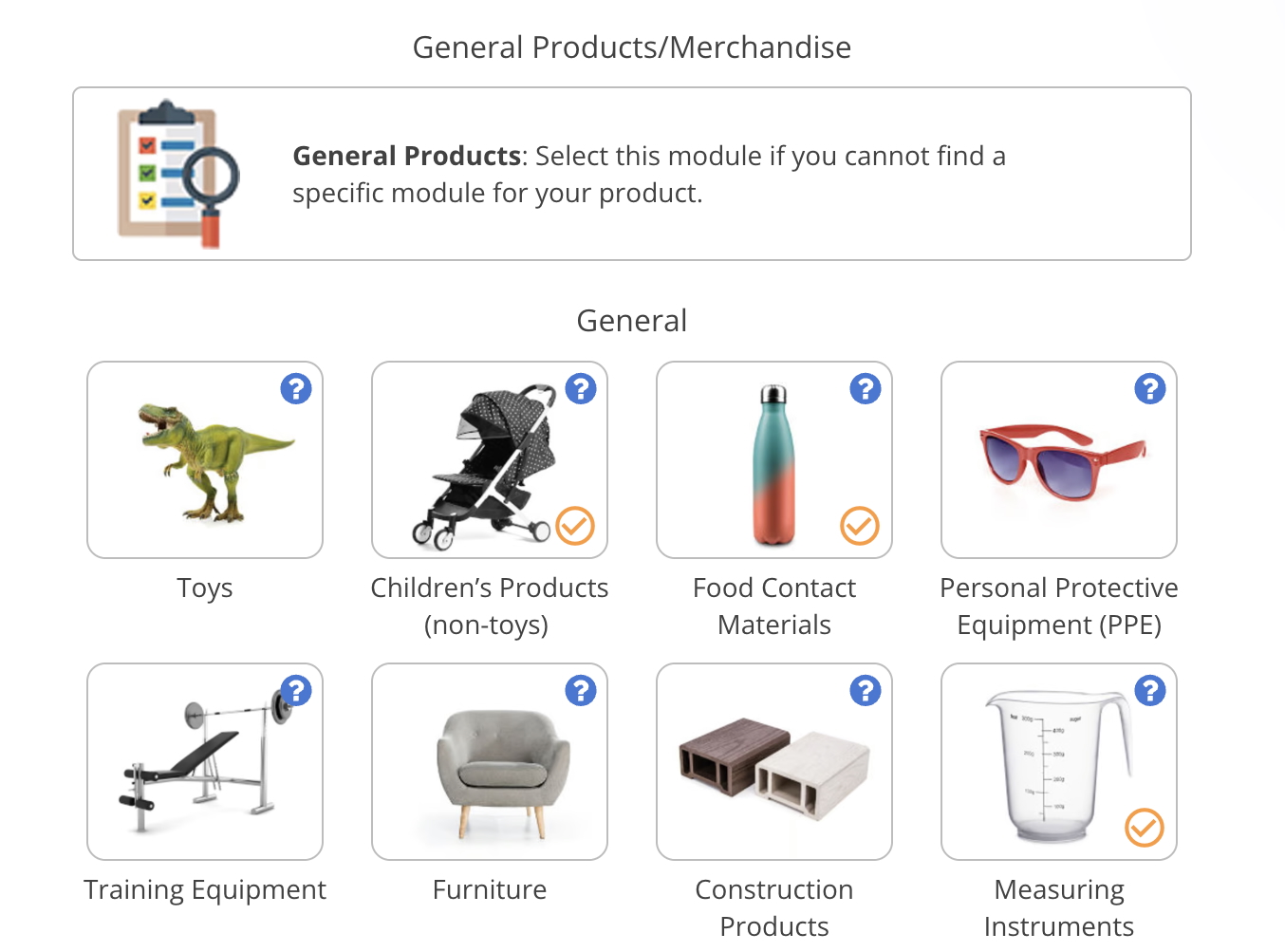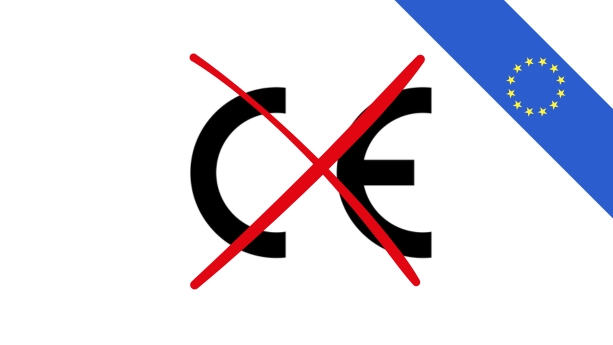
Not sure if your product requires CE marking? In this guide, I explain how you can determine if CE marking is not required for your product. I also list product categories that are generally not subject to CE marking requirements, while also explaining edge cases when CE marking is still applicable.
Content Overview

FREE CONSULTATION CALL (30 MIN)
 Ask questions about compliance requirements
Ask questions about compliance requirements Countries/markets:
Countries/markets:
 Learn how we can help your business
Learn how we can help your business
You will speak with:Ivan Malloci or John Vinod Khiatani
How to determine if CE marking is not required
There is no official list or definition of products that should not be CE marked. On the contrary, CE marking is only required (and allowed) if a product is covered by one or more EU regulations and directives mandating CE marking.
Products not subject to such regulations or directives shall not even bear the CE mark.
In some cases, it is easy to determine if a CE mark is required. If you sell toys or electronics, then you can be certain that CE marking is required. The same applies to PPE, medical devices, batteries, and other products.
However, in some cases, CE marking is required due to certain features or components. This can create situations in which products that are generally not CE marked are still subject to EU regulations and directives mandating CE marking.
Children’s products
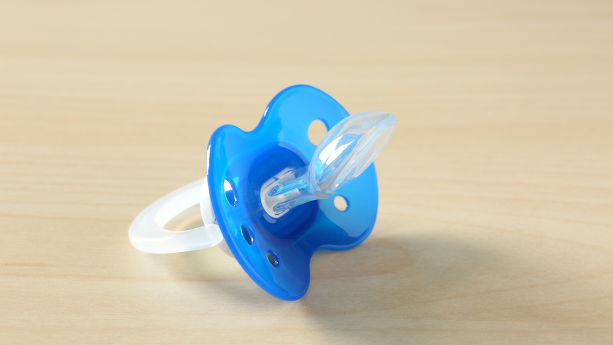
CE marking is mandatory for products that fall within the scope of the Toy Safety Directive or the Toy Safety Regulation. However, this is not the case for children’s products not defined as toys. Here are some examples of children’s products that should generally not be CE marked:
- Baby cots
- Children’s furniture
- Pacifiers
- Baby carriers
- Baby strollers
- Baby bottles
That said, children’s products with some sort of play feature built in are likely covered by the Toy Safety Directive and therefore require CE marking.
Further, children’s products are subject to the requirements set by the General Product Safety Regulation (GPSR).
Furniture

Furniture is generally not covered by CE marking requirements in the European Union. That said, any of the following types of furniture is likely subject to CE marking requirements:
1. Furniture with built-in lights or other electronic components
2. Furniture with built-in toys or with other play features
3. Furniture is defined as a medical device
That said, furniture is covered by the requirements set by the GPSR.
Clothing

Clothing for both children and adults is generally not subject to EU regulations and directives mandating CE marking. However, there are some situations where CE marking is required for clothing:
1. The clothing is meant for personal protection and thus covered by the PPE regulation
2. Clothing containing electronic components
3. Clothing with built-in toys or other play features
4. Clothing is defined as a medical device
Note that clothing for both children and adults is still subject to GPSR requirements, which also lists harmonised standards specific to certain clothing.
Footwear

Shoes and other footwear are generally not subject to CE marking requirements in the EU. However, protective footwear is defined as PPE and therefore subject to the PPE regulation, which mandates CE marking.
In any case, you will normally not find the CE mark on a pair of Adidas or Converse shoes.
Food Contact Materials
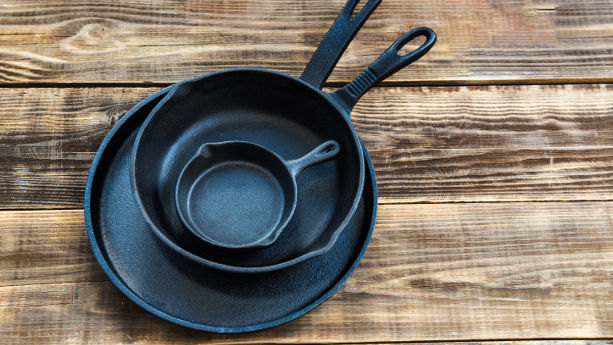
Food contact materials (FCM) include products and materials in contact with food or beverages. This includes, but is not limited to the following:
- Cutlery
- Food packaging
- Lunch boxes
- Cutting boards
- Knives
While these products are subject to various EU FCM regulations, they are generally not covered by CE marking requirements. The exception is electrical kitchen appliances, as these are subject to EU regulations and directives mandating CE marking.
Likewise, food contact products with built-in toys and other play features are also subject to CE marking on the basis of the Toy Safety Directive.
Gym machines (non-electrical)

Motorised treadmills and other electrical gym machines must be CE marked as mandated under the Machinery Directive and the Machinery Regulation. However, this is not the case for self-powered gym machines such as the following:
- Smith machines
- Shoulder press machines
- Non-electrical treadmills
- Elliptical trainer
- Non-electrical spin bikes
- Rowing machines
- Climbers
This does not mean that gym machines are not subject to any safety requirements whatsoever. The GPSR is still applicable and also covers several harmonised standards specific to gym machines and other exercise equipment.
Cosmetics
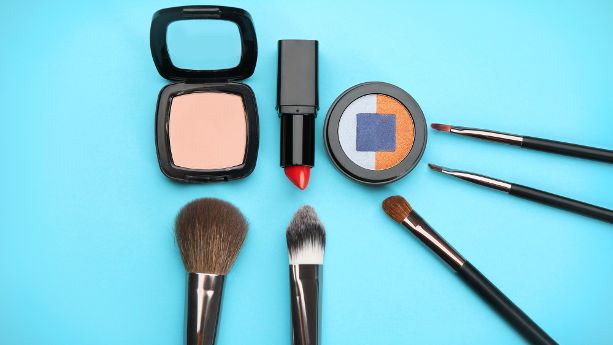
Cosmetics sold in the EU must generally comply with the EU Cosmetic Products Regulation. This regulation does not set CE marking requirements.
I am not aware of any scenario in which CE marking would ever be relevant for cosmetic products. That said, CE marking does apply to electrical beauty appliances, for example.
What are the requirements for products that are not CE marked?
Products not subject to CE marking requirements must still comply with other EU regulations and directives that set safety, substance, labelling, documentation and testing requirements.
The General Product Safety Regulation (GPSR) set general safety requirements for products and aspects not covered by other regulations and directives.
Likewise, the REACH regulation sets chemical restrictions for essentially all consumer products sold in the EU – regardless of whether CE marking is applicable.
Some products, such as cosmetics and FCM, are subject to product-specific regulations and directives.
FAQ
Can we CE mark a product even if this is not required?
No, if your product is not subject to regulations and directives mandating CE marking, then it should not be CE marked in the first place.
CE marking is meant to indicate compliance with regulations and directives that require it. Affixing CE marking on, say, a t-shirt would be a false claim as a t-shirt is generally not subject to such regulations and directives.
What can happen if we CE mark a product that does not require CE marking?
A product that is incorrectly CE marked could be recalled. I have not dealt with any case in which EU market surveillance authorities have recalled products on that basis. However, I know of cases when Amazon have removed products with incorrectly affixed CE marks.
Which products are exempt from CE marking?
There is no definitive list of products that are exempt from CE marking. Either a product falls within the scope of a regulation or directive mandating CE marking, or it does not.
If not, then the product shall not be CE marked.
Should children’s products be CE marked?
Toys are subject to CE marking requirements. However, CE marking is not applicable to most children’s furniture, baby carriers, feeding bottles and other children’s products without play features.
Should furniture be CE marked?
No, furniture is generally not CE marked unless it contains electronic components or has play features.
Do clothing textiles require CE marking?
Clothing is generally not subject to CE marking, unless it is used to protect the wearer.
Do cosmetics require CE marking?
Cosmetic products are not subject to CE marking requirements.

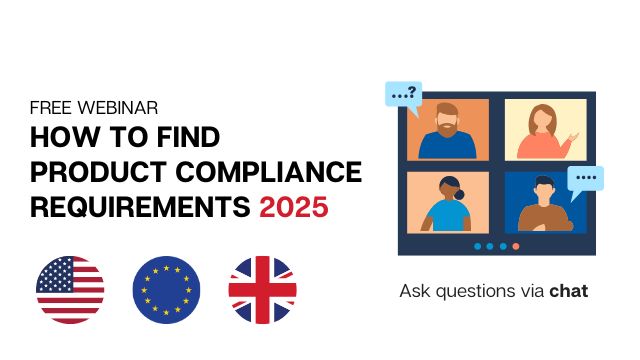
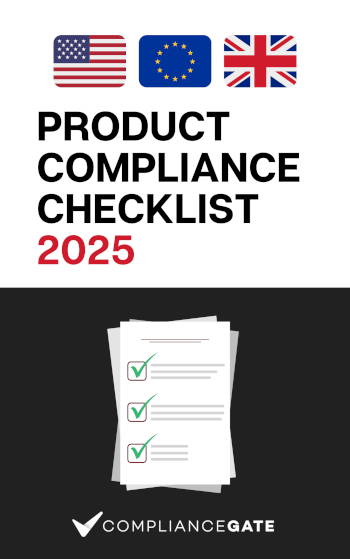




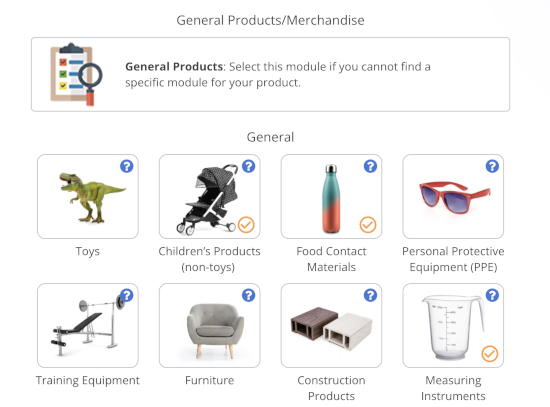






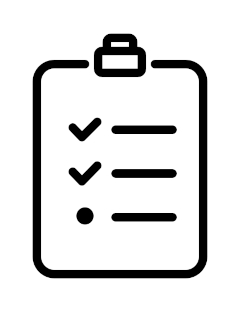


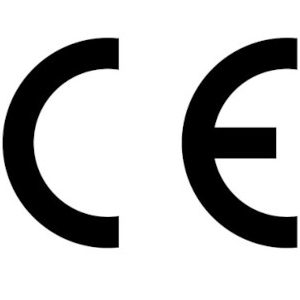




.png)
.png)
.png)
